Species Photo Gallery for Ophiderma pubescens No Common Name 26 |
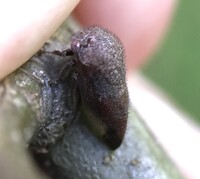 | Photo by: Ted Wilcox
Watauga Co.
Comment: unid_treehopper | 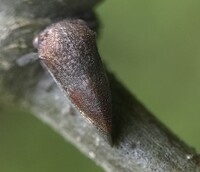 | Photo by: Ted Wilcox
Watauga Co.
Comment: unid_treehopper |
 | Photo by: Ted Wilcox
Watauga Co.
Comment: unid_treehopper | 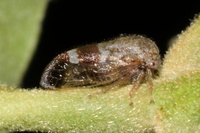 | Photo by: Scott Bolick
Montgomery Co.
Comment: |
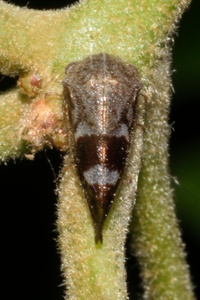 | Photo by: Scott Bolick
Montgomery Co.
Comment: | 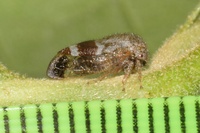 | Photo by: Scott Bolick
Montgomery Co.
Comment: |
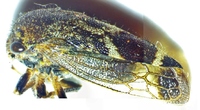 | Photo by: Ken Kneidel
Mecklenburg Co.
Comment: 7 mm male trapped in Tanglefoot on a tree band on Quercus phellos | 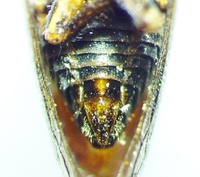 | Photo by: Ken Kneidel
Mecklenburg Co.
Comment: 7 mm male trapped in Tanglefoot on a tree band on Quercus phellos |
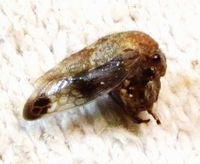 | Photo by: Ken Kneidel
Mecklenburg Co.
Comment: 7.5 mm female on Willow Oak, Quercus phellos, stuck in Tanglefoot on a tree band, others of both sexes nearby to be submitted separately | 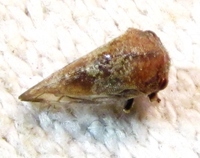 | Photo by: Ken Kneidel
Mecklenburg Co.
Comment: 7.5 mm female on Willow Oak, Quercus phellos, stuck in Tanglefoot on a tree band, others of both sexes nearby to be submitted separately |
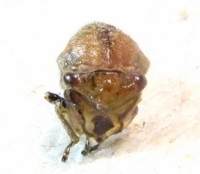 | Photo by: Ken Kneidel
Mecklenburg Co.
Comment: 7.5 mm female on Willow Oak, Quercus phellos, stuck in Tanglefoot on a tree band, others of both sexes nearby to be submitted separately | 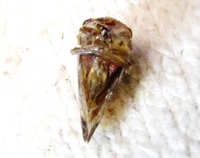 | Photo by: Ken Kneidel
Mecklenburg Co.
Comment: 7.5 mm female on Willow Oak, Quercus phellos, stuck in Tanglefoot on a tree band, others of both sexes nearby to be submitted separately |
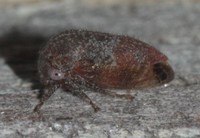 | Photo by: Julie Tuttle
Chatham Co.
Comment: This site is low-density residential in a dry, rocky hilltop oak-hickory forest dominated by white oak (Quercus alba) in the tree canopy. | 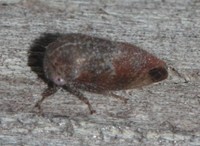 | Photo by: Julie Tuttle
Chatham Co.
Comment: This site is low-density residential in a dry, rocky hilltop oak-hickory forest dominated by white oak (Quercus alba) in the tree canopy. |
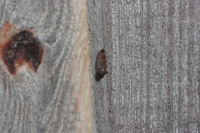 | Photo by: Julie Tuttle
Chatham Co.
Comment: This site is low-density residential in a dry, rocky hilltop oak-hickory forest dominated by white oak (Quercus alba) in the tree canopy. | 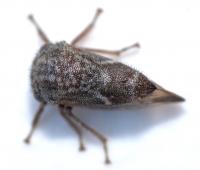 | Photo by: Kyle Kittelberger
Out Of State Co.
Comment: female, 6.0 mm |
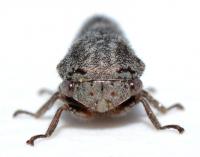 | Photo by: Kyle Kittelberger
Out Of State Co.
Comment: female, 6.0 mm | 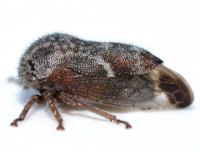 | Photo by: Kyle Kittelberger
Out Of State Co.
Comment: female, 6.0 mm |
 | Photo by: Kyle Kittelberger
Out Of State Co.
Comment: female, 6.0 mm | 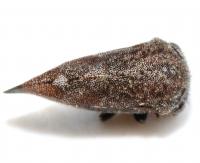 | Photo by: Kyle Kittelberger
Out Of State Co.
Comment: female, 6.4 mm |
 | Photo by: Kyle Kittelberger
Out Of State Co.
Comment: female, 6.4 mm | 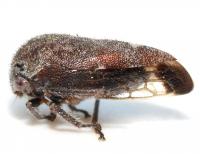 | Photo by: Kyle Kittelberger
Out Of State Co.
Comment: female, 6.4 mm |
 | Photo by: Kyle Kittelberger
Out Of State Co.
Comment: female, 6.4 mm |  | Photo by: Mark J. Rothschild
Out Of State Co.
Comment: |
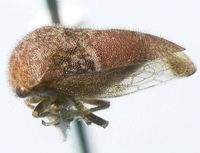 | Photo by: Mark J. Rothschild
Out Of State Co.
Comment: female |  | Photo by: Matthew S. Wallace
Out Of State Co.
Comment: male |
|

 »
»
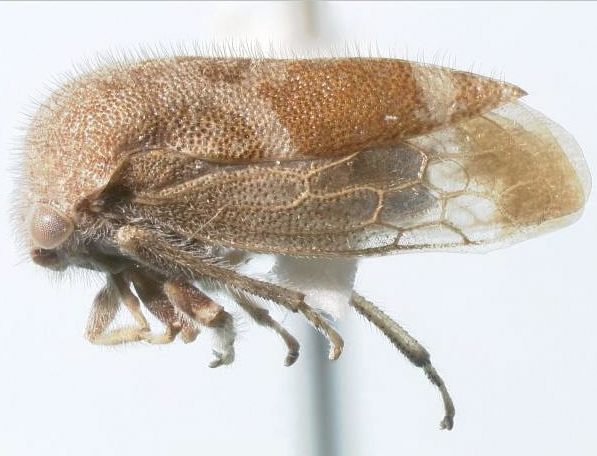

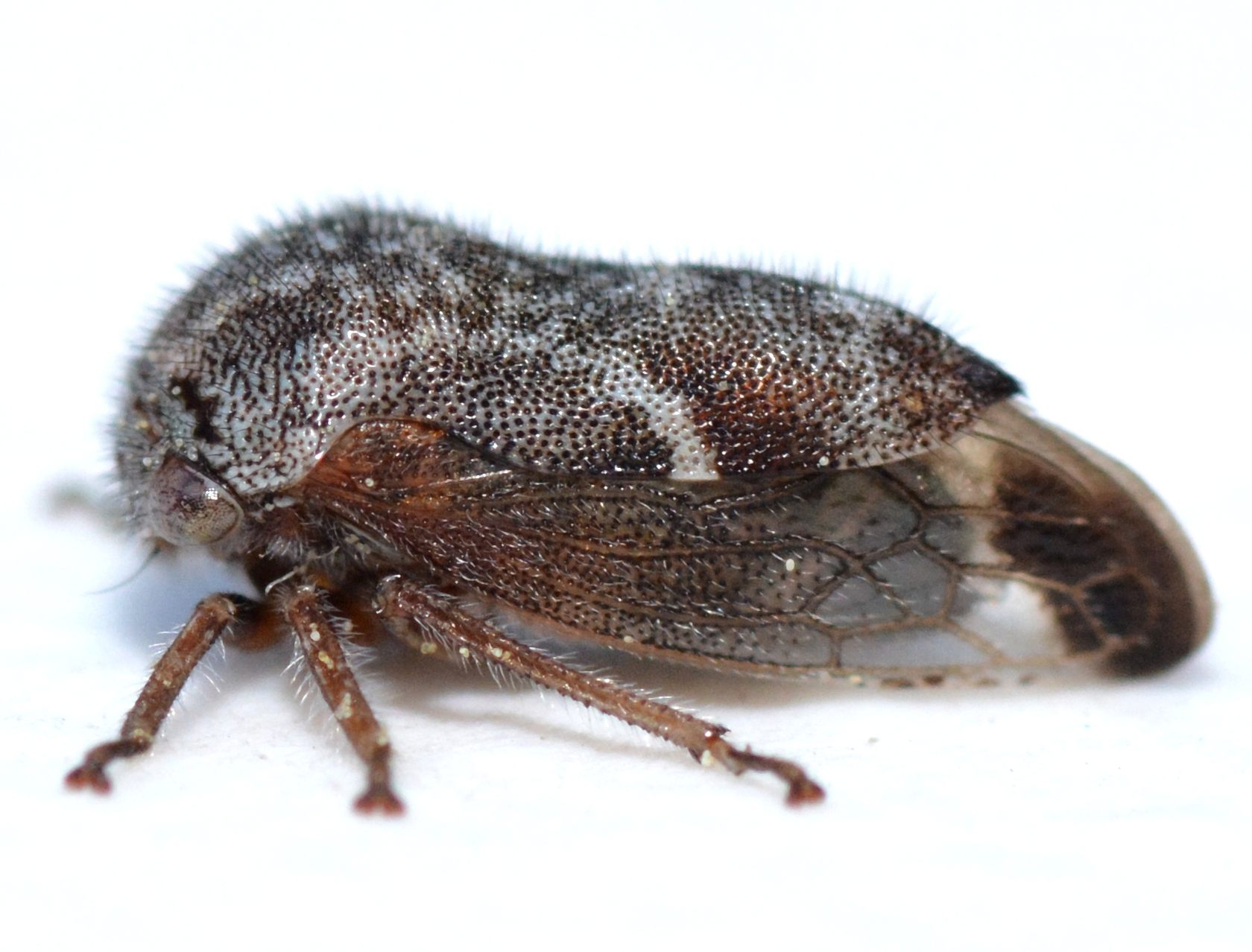

 »
»


